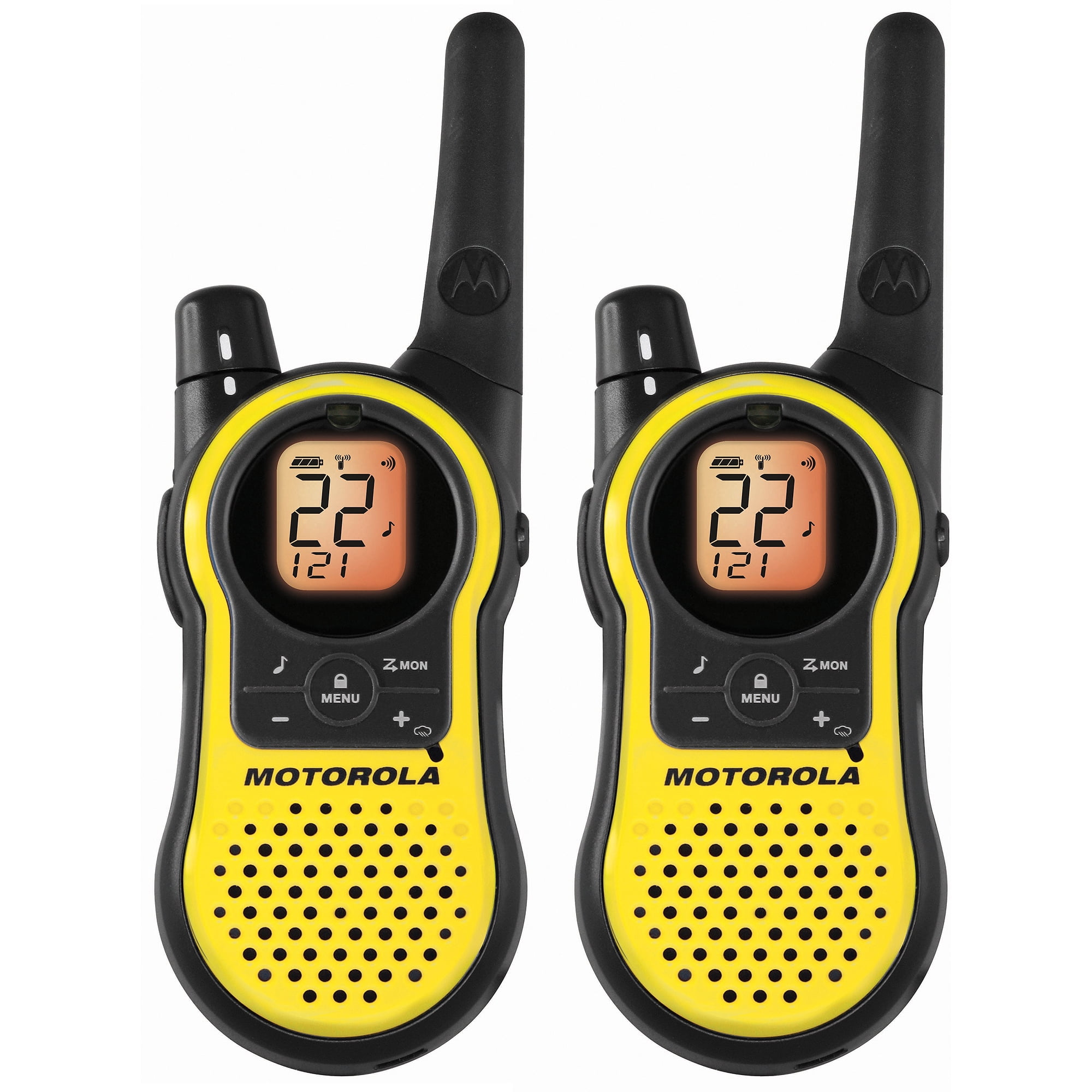
A good way to get started with your kids getting on the air, especially if they are not licensed yet, is to use Family Radio Service or FRS. FRS can be used during your club meetings or within your classroom for practice. You need to make sure you are using FRS radios like the ones above on these frequencies, since they are only .5W
One thing to consider, BAOFENG UV-5R's, can be programmed for these frequencies; however, it is illegal to transmit more than .5W on the FRS frequencies. So you are facing possible fines by the FCC is you are caught transmitting on these frequencies with more power. | ||||||||||||||||||||||||||||||||||||||||||||||||||||||||||||||||||||||||||||||
FRS DefinedThe Family Radio Service (FRS) is an improved walkie-talkie radio system authorized in the United States since 1996. This personal radio service uses channelized frequencies around 462 and 467 MHz in the ultra high frequency (UHF) band. It does not suffer the interference effects found on citizens' band (CB) at 27 MHz, or the 49 MHz band also used by cordless telephones, toys, and baby monitors. FRS uses frequency modulation (FM) instead of amplitude modulation (AM). Since the UHF band has different radio propagation characteristics, short-range use of FRS may be more predictable than the more powerful license-free radios operating in the HF CB band. Initially proposed by RadioShack in 1994 for use by families, FRS has also seen significant adoption by business interests, as an unlicensed, low-cost alternative to the business band. Worldwide, a number of similar personal radio services exist; these share the characteristics of low power, operation in the UHF (or upper VHF) band using FM, and simplified or no end-user licenses. Exact frequency allocations differ, so equipment legal to operate in one country may cause unacceptable interference in another. | ||||||||||||||||||||||||||||||||||||||||||||||||||||||||||||||||||||||||||||||
FRS Channels/FrequenciesChannels 1-7 are shared with GMRS, so we stay away from those, although we could use them.
| ||||||||||||||||||||||||||||||||||||||||||||||||||||||||||||||||||||||||||||||
Privacy CodesThe FRS radios will have a privacy code that can be used with the channel. Simply put in the amateur radio world, these are basically CTCSS codes. There are a lot of FRS/GMRS radio manufacturers including Motorola, Uniden, Cobra, Midland, and many others. Unfortunately, these manufacturers have not gotten together and defined a standard mapping of their privacy numbers to the tone frequencies. Motorola has consistently provided a list of 38 PL tones and some manufacturers implement a subset of this list.
| ||||||||||||||||||||||||||||||||||||||||||||||||||||||||||||||||||||||||||||||
More InformationIf you want to read more about FRS or Family Radio Service, you can check out this article on Wikipedia. | ||||||||||||||||||||||||||||||||||||||||||||||||||||||||||||||||||||||||||||||
Do you have questions or more information to share?
|
Copyright © 2025, all rights reserved
The Bacon Station
HAM Tutorials, Reference, and Lessons
info@thebaconstation.com
website sponsors: